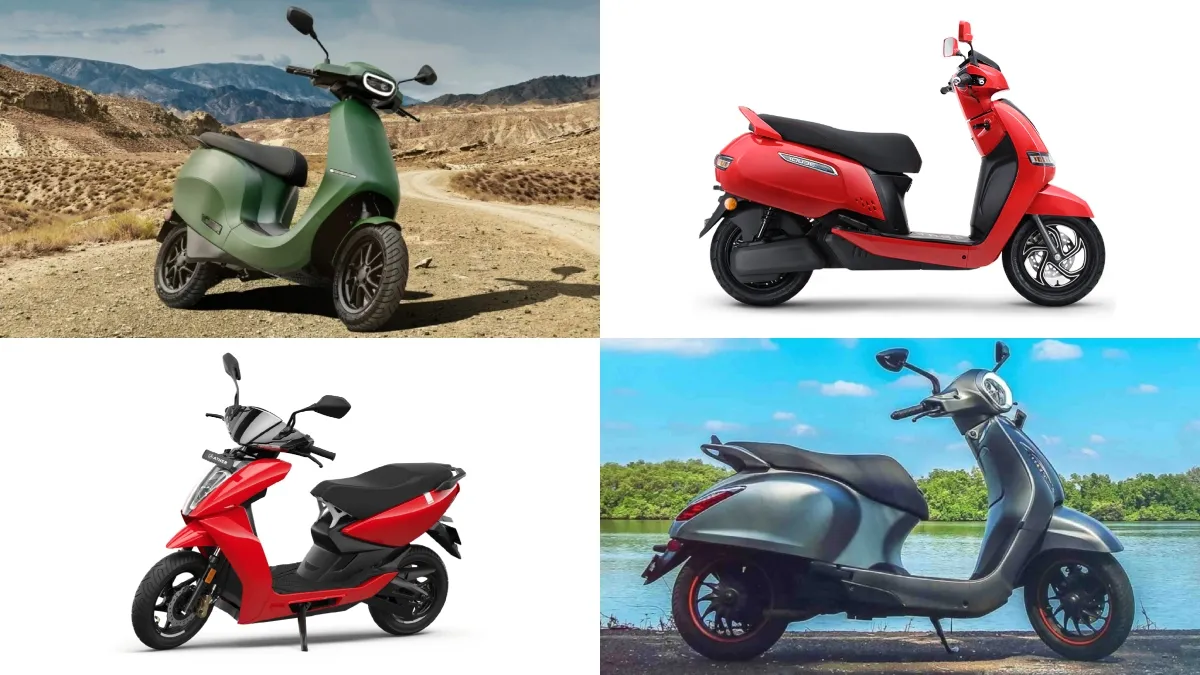In recent years, India has witnessed a revolutionary shift in urban transportation with the advent of electric scooters. As the nation grapples with environmental concerns and rising fuel prices, electric scooters have emerged as a sustainable and economical alternative for millions of commuters. This article explores the growing popularity of electric scooters in India, examining the factors driving their adoption, the challenges faced, and the promising future they hold for the country’s transportation landscape.
The Rise of Electric Scooters in India:
Environmental Consciousness:
One of the primary catalysts behind the surge in electric scooter adoption is the increasing environmental consciousness among Indian consumers. With air pollution levels reaching alarming heights in major cities, the need for cleaner and greener modes of transportation has never been more evident. Electric scooters offer a zero-emission solution, reducing the carbon footprint and contributing to India’s commitment to sustainable living.
Government Initiatives:
The Indian government has played a pivotal role in promoting electric mobility through various initiatives and incentives. Schemes like the Faster Adoption and Manufacturing of Hybrid and Electric Vehicles (FAME) have provided financial incentives to both manufacturers and consumers, making electric scooters more accessible and affordable. Additionally, the reduction in Goods and Services Tax (GST) on electric vehicles has further incentivized their purchase.
Key players and Models:
Ola Electric:
Ola Electric, a subsidiary of the ride-hailing giant Ola, has made significant strides in the electric scooter market. Their flagship model, the Ola S1, boasts cutting-edge features, an impressive range, and a sleek design. With a robust charging infrastructure and competitive pricing, Ola Electric is reshaping the landscape of urban commuting.
Ather Energy:
Bangalore-based Ather Energy has gained prominence with its smart electric scooters, the Ather 450X and Ather 450 Plus. Known for their performance, connectivity features, and innovative design, Ather scooters have set new standards in the electric two-wheeler segment.
Bajaj Chetak Electric:
A stalwart in the Indian automotive industry, Bajaj Auto has made a foray into the electric scooter market with the Chetak Electric. This iconic model, known for its classic design and dependable performance, signifies the traditional brand’s commitment to embracing sustainable mobility.
Challenges and Opportunities:
Range Anxiety:
One of the primary challenges faced by electric scooters in India is the concern over range anxiety. Consumers often worry about the limited distance electric scooters can cover on a single charge. However, advancements in battery technology and increased charging infrastructure are gradually alleviating these concerns, making these a more viable option.
Charging Infrastructure:
The success of these is intricately linked to the development of a robust charging infrastructure. To address this challenge, companies are investing in expanding charging networks across urban centers. Additionally, home-charging solutions are becoming more commonplace, offering convenience and flexibility to electric scooter owners.
Affordability:
While government incentives have significantly reduced the upfront cost of electric scooters, their affordability remains a concern for a considerable section of the population. Continuous efforts by manufacturers to enhance economies of scale and bring down production costs are crucial for making these more accessible to a broader audience.
The Road Ahead:
Technological Advancements:
The electric scooter market in India is on the cusp of technological breakthroughs. Innovations in battery technology, lightweight materials, and enhanced connectivity features are poised to redefine the capabilities and user experience of electric scooters. These advancements will further bridge the gap between traditional scooters and their electric counterparts.
Market Expansion:
As electric scooters gain popularity, manufacturers are looking beyond metropolitan areas and targeting tier 2 and tier 3 cities. This expansion into smaller cities and towns is crucial for democratizing electric mobility and catering to the diverse needs of the Indian population.
Integration with Sustainable Practices:
The rise of these aligns with India’s commitment to sustainable practices. Government policies, combined with consumer preferences, are steering the automotive industry towards a more eco-friendly future. These are not just a mode of transportation; they are a symbol of a green revolution that transcends individual choices and contributes to a collective effort for a cleaner environment.
Conclusion:
The electric scooter revolution in India signifies a paradigm shift in the country’s transportation landscape. Fueled by environmental consciousness, government support, and technological innovations, these are becoming an integral part of the urban commute. While challenges such as range anxiety and affordability persist, the relentless efforts of manufacturers and policymakers, coupled with the evolving preferences of consumers, indicate a promising future for electric scooters in India. As the nation embraces sustainable mobility, these are poised to play a pivotal role in shaping a greener, cleaner, and more efficient transportation ecosystem.
Internal link: opticalsworld










